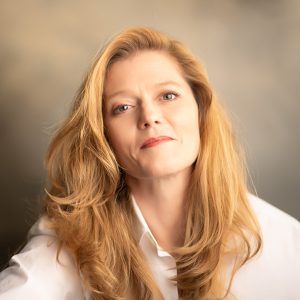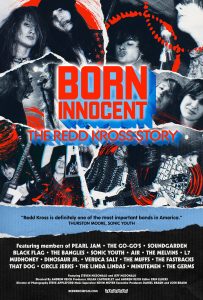For Joan Armatrading, Classical Music Is Just Another Genre

She finished the symphony in five months.
ARMATRADING WAS BORN on the Caribbean island of St. Kitts in 1950, and moved to Birmingham, England, at age 7. There, her mother got a piano as a piece of living room furniture, and she was given free rein to start experimenting with writing songs. “I was just to my own devices,” she said, adding with a laugh: “I never involved anybody. I didn’t really ask anybody’s opinion, which is how I am still.”
Some of Armatrading’s earliest experiences with classical music came through movies. “As soon as the strings come in, the emotion really kicks in,” she said. “It seems to be like a punctuation mark that says, ‘This is what you’re supposed to do.’” She enjoyed “Brief Encounter,” with its use of Rachmaninoff’s Second Piano Concerto, and “West Side Story,” and developed an early appreciation for depth and weight. “If you have 18 strings or something, and they’re doing that thing, you’re gonna cry,” she said.
It’s no surprise, then, that some of her favorite composers are those known for tugging hardest on the heartstrings: Rachmaninoff and Purcell, as well as Tchaikovsky, whose Fifth Symphony is being paired with her First on the Chineke! program.
Armatrading is adamant that, in her Symphony, she just wanted to sound “like Joan,” but she’s also happy for listeners to bring their own associations. When I listened to the work, which will be recorded for Decca, I heard flashes of the verdant textures of Vaughan Williams, a bit of Elgarian pomp and some of Copland’s brightness.
This symphony is by no means the first case of a pop artist to engage in classical composition. But unlike other instances — such as Paul McCartney’s “Liverpool Oratorio” or Deep Purple’s “Concerto for Group and Orchestra” — Armatrading’s debut is a two-footed leap into a different musical world rather than an attempt to straddle styles.





